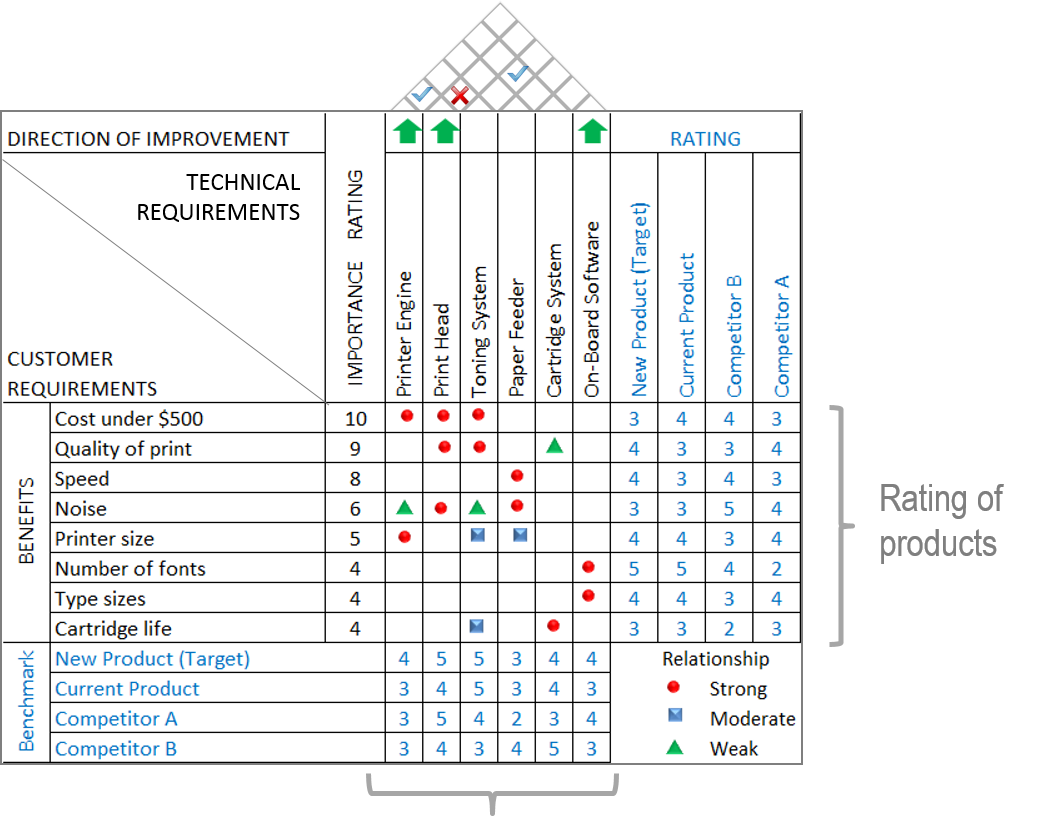
Exhibit 10.9 Simplified version of the house of quality for
laser printers.
The “house of quality” originated at
Mitsubishi Kobe shipyard in 1972, as a tool for translating customer
requirements into engineering and manufacturing parameters that are measurable
and controllable. Over the years its use has spread to a number of sectors
including automotive, IT, consumer durables, apparel, and a wide range of B2B
products and services.
House of quality is a conceptual framework that
provides the means for cross-functional planning and communication, so that
marketing, R&D and manufacturing may work together to produce products that
reflect the preferences of customers.
Exhibit 10.9 depicts a much-simplified version of
the house of quality for laser printers. In a typical application there would
be about 15 to 50 consumer requirements and 30 to 100 technical requirements.
The building blocks for the house of quality are as
follows:
- List of customer requirements (product attributes).
- Importance ratings of these attributes: This may be obtained from
product tests where preference ratings by customers are modelled to determine
the importance of each attribute. Alternatively conjoint analysis provides
the means for determining the importance of attributes and their specific level
in terms of part-worth.
- Customer rating of performance on consumer attributes of new
product and competing products. This too may be sourced from product tests or
conjoint analysis.
- List of engineering characteristics.
- Relationship between customer attributes and engineering
characteristics: Whereas the customer requirements spell out customers’
preferences, the engineering requirements tell us how the product may be
modified. A product’s performance on a customer attribute is often affected by
multiple design parameters. For instance, the noise level of a laser printer is
affected by print head technology, centrifugal fan and paper feeder. The
relationship matrix indicates the extent to which each product characteristic
affects each customer attribute. These ratings are usually based on the
judgement of experienced engineering and marketing associates.
- Relationship within engineering characteristics. The roof matrix
specifies whether a change in one characteristic affects another. For instance,
improvements in the cartridge system will result in improvements in the toning
system.
- Benchmarks: Objective measures of performance on engineering
characteristics for the new product and competing products.
- Judgments of technical difficulties, imputed importance and costs
of achieving target engineering characteristics (Not shown in Exhibit 10.9).
The house of quality is essentially an elegant approach to
depicting comprehensive product design information within a single construct,
in a manner that associates from different disciplines can readily comprehend.
It improves cross-functional planning and communication, and leads to quicker,
superior decisions.